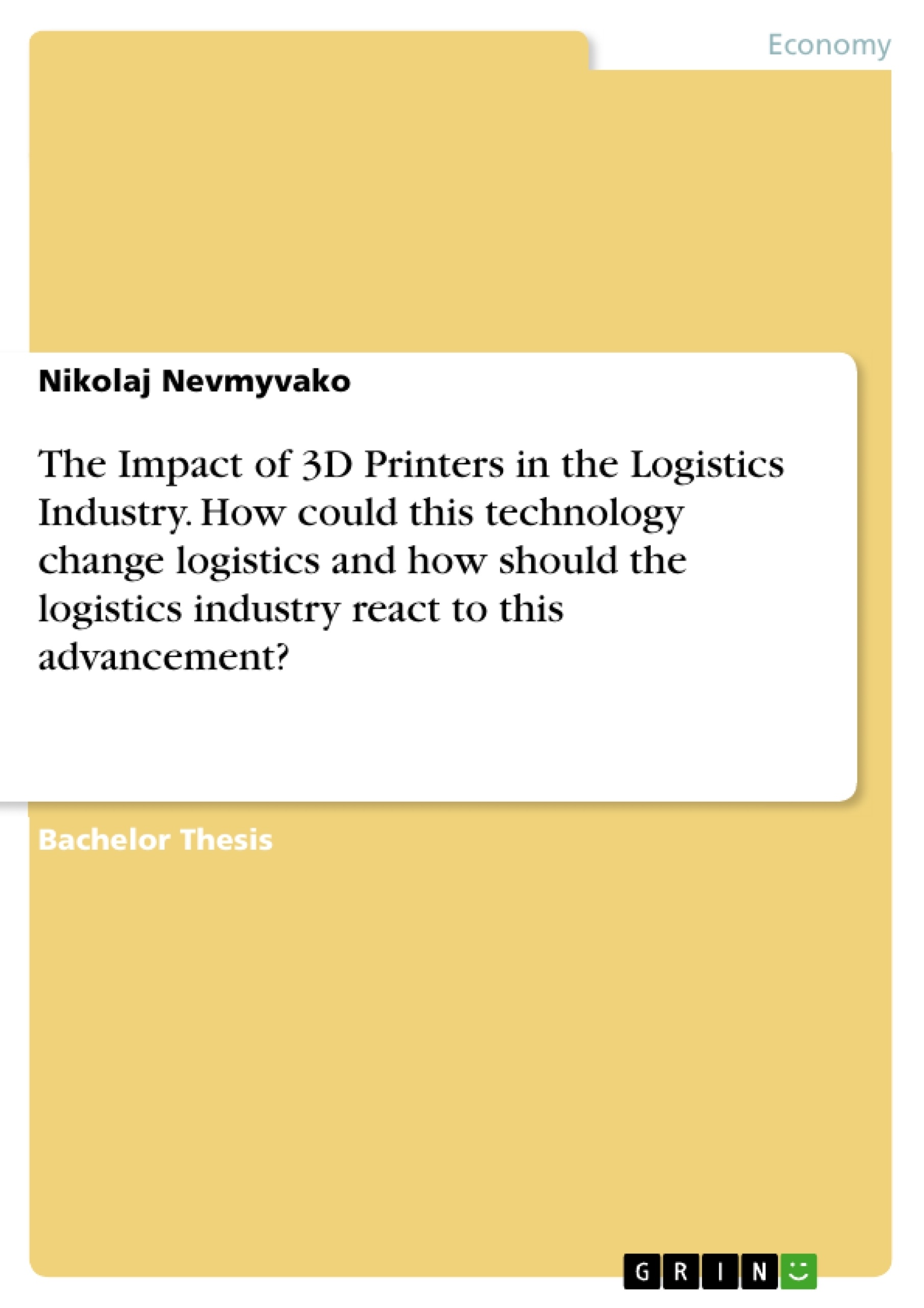The market situation tends to move towards shorter development times and, at the same time, increased product complexity and the demand for individual products. Against this backdrop, 'additive manufacturing processes' have proven to be effective tools. They allow a fast process in product manufacturing.
In recent years, these methods have been further developed, especially the 3D printing process has experienced significant improvements in quality, precision and material range. The main advantage of said method is that it can be produced directly from CAD data to the computer via the 3D printer. In addition, virtually any desired geometries can be produced. Thus, one can create, for example, nested cavities that, with classical injection molding, would only be possible with increased effort or even not at all.
Today, not only plastics can be printed into physical objects, but also raw materials ranging from concrete to paper and metal. Bioengineers can, under laboratory conditions, print human tissue structures of living cells with their medical printers. The manufacturing industry has already taken advantage of this technology and uses it to produce prototypes, small series parts and tools.
Alongside the illustrated technological development, the production and innovation activities have been increasingly focused more towards customers. For this type of process design, the customer is integrated into a section of the value chain of the company and undertakes activities that previously were performed by the company.
Currently, many 3D printing events are taking place. Intensive debates are being held about an upcoming industrial revolution. This is characterized by a complete shift in production and innovation activities to the customer and is referred to in practice as "democratization of production". Accordingly, the customer is not only able to devise, but also to independently produce. This is possible because of the 3D printer.
Against this backdrop, the global management consultancy McKinsey & Company referred to the 3D printer as a disruptive technology. Accordingly, this technology is capable of fundamentally changing entire markets and value chains.
If this is the case, the development will also influence the logistics industry. How could this technology change logistics, and how should the logistics industry react to this advancement? "Let's wait and see" would probably be the worst strategic position in today's dynamic environment.
Inhaltsverzeichnis (Table of Contents)
- Introduction
- Problem
- Objective of the thesis
- Procedure
- Additive Manufacturing Processes and their Applications
- Definition and Classification Process
- Access to the Public: FabLabs
- 3D Printer
- Definition and Development
- Operation of the Layer Construction
- Advantages and Potential Compared to Conventional Production Methods
- Current State of Technology
- Disruptive Technology
- Definition and Theory of Disruptive Technology
- Characterization and Classification of the Concept
- Presentation of the Theory of Clayton Christensen
- Dealing with Disruptive Technology
- The Influence of 3D Printers in the Logistics Industry
- Current Situation and Perception in Practice
- Causes for the Hype
- Impact on the Logistics Industry and Critical Considerations
- Future Scenarios Based on Additive Manufacturing
- Summary and Outlook
Zielsetzung und Themenschwerpunkte (Objectives and Key Themes)
This thesis explores the potential impact of 3D printers on the logistics industry, examining how this technology could reshape the industry and how logistics companies should respond to this advancement. The thesis seeks to understand the disruptive nature of 3D printing, analyze its implications for logistics, and present possible future scenarios for the industry.
- Disruptive Technology: The thesis examines the theory of disruptive technology, specifically focusing on Clayton Christensen's framework, to understand how 3D printing could disrupt established industries, including logistics.
- Additive Manufacturing Processes: The thesis provides an overview of additive manufacturing processes, with a particular focus on 3D printing technology, exploring its capabilities, advantages, and limitations.
- Impact on Logistics: The thesis analyzes the potential impact of 3D printing on various aspects of the logistics industry, including supply chain management, warehousing, transportation, and customer service.
- Future Scenarios: The thesis presents possible future scenarios for the logistics industry based on the adoption and development of 3D printing technology, exploring potential changes in business models, industry structures, and logistics operations.
- Strategic Considerations: The thesis emphasizes the importance of strategic planning and proactive measures for logistics companies to adapt to the evolving landscape shaped by 3D printing technology.
Zusammenfassung der Kapitel (Chapter Summaries)
The first chapter introduces the problem of shorter development times, increased product complexity, and the demand for individual products, highlighting the emergence of additive manufacturing processes, particularly 3D printing, as a solution. The chapter establishes the objective of the thesis, which is to analyze the influence of 3D printing on the logistics industry and propose future scenarios for the sector. The procedure outlines the structure of the thesis, detailing the content covered in each chapter.
Chapter two delves into additive manufacturing processes, focusing on 3D printing technology. It covers the definition and classification of the process, discusses the accessibility of 3D printing through FabLabs, and provides a detailed explanation of 3D printers, including their definition, development, operation, advantages, and current state of technology.
Chapter three introduces the theory of disruptive technology, exploring the concepts of characterization and classification, presenting Clayton Christensen's framework, and providing recommendations for dealing with disruptive technologies.
Chapter four examines the potential influence of 3D printers on the logistics industry, analyzing the current situation and perception of the technology in practice, exploring the reasons behind the hype surrounding 3D printing, and discussing the potential impact on logistics operations and critical considerations for the industry.
Schlüsselwörter (Keywords)
The core concepts and themes explored in this thesis include disruptive technology, additive manufacturing processes, 3D printing, logistics, supply chain management, warehousing, transportation, customer service, future scenarios, strategic planning, and industry adaptation.
- Quote paper
- Nikolaj Nevmyvako (Author), 2014, The Impact of 3D Printers in the Logistics Industry. How could this technology change logistics and how should the logistics industry react to this advancement?, Munich, GRIN Verlag, https://www.grin.com/document/342270




